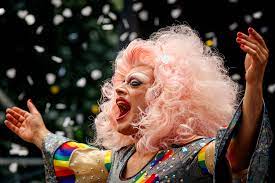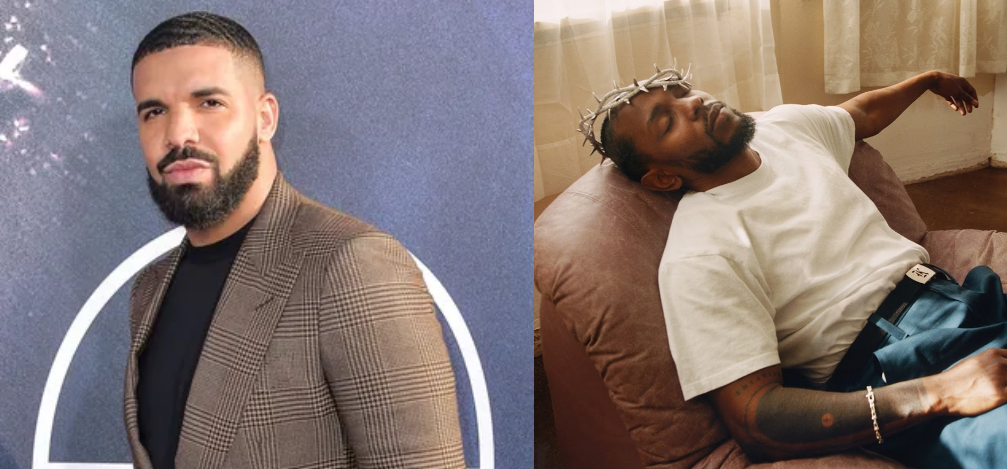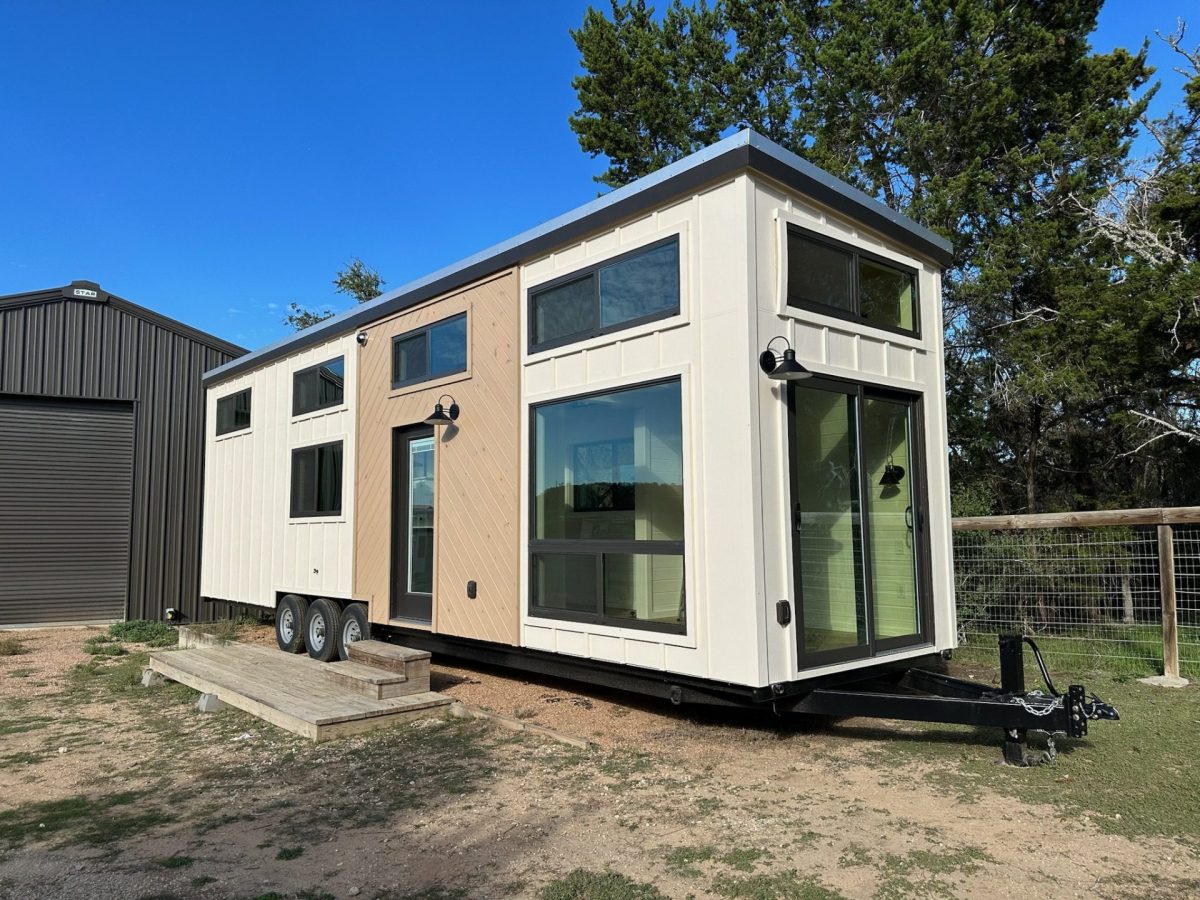Drag In America: The Art of The Outcasts
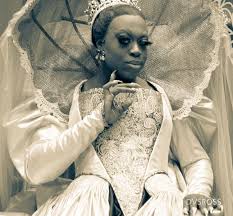
March 27, 2023
Drag, depending on who you ask, when you say drag to someone, different images pop into their head. But if you say “Drag Queen”, The unmistakable image of Grand and Ornate wigs and gowns with bold iconic makeup is what they will think of. But where did drag even come from? Such an art form may feel odd or peculiar to some so its origins are a mystery to them. Well, I’m here to tell you all about the history of drag.
Drag is nuanced and its definition has changed over time. But, if we are to boil it down to its most well-known aspects, we can Define drag as “Performers who use gender to entertain, most commonly men crossdressing as exaggerations of women.” Drag is very common in queer spaces, and not all drag is gay

men dressing as women, anyone of any gender can be a drag queen and drag kings are common as well, being a masculine equivalent. But most people think of Drag queens when thinking of drag, so that is where we shall start.
The Earliest forms of drag happened in Ancient Greece. During this time, women weren’t allowed to perform in theater, so men would get in drag and perform as women. This was also common later on in Shakespeare’s time, as theaters rarely had female actors, and most female roles were filled by men in drag. Because of this, Theater became a safe space for gay men and trans women who wanted a place to be themselves. This is the origin of the stereotype that theater is gay.

Drag in America is harder to pinpoint when it first got started. However, one of the
earliest records is of one Wiliam Dorsey Swan, the Self Proclaimed Queen of Drag. Born
enslaved in 1860 Maryland, when Wiliam was freed and grew up, he began to host Drag Balls in Secret in the 1880s throughout the 1890s. These events were mostly occupied by other free black gay men and queer outcasts. During these events, they would wear ornate gowns and perform “Cake Walks” Theatrical mocking of the rich white elite, with dance moves that would later evolve into voguing 100 years later. These parties were often raided by the Police. One such raid had Swan defying and resisting the police, being one of the first times some has fought back for queer rights in American history
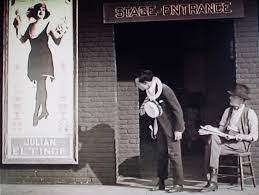 Decades later, in the late 1890s to the turn of the century, Vaudeville began to rise in popularity in America. Originating in France, Vaudeville was a comedic theater that lacked morality or values, just focusing on pure humor without a lesson. Because of this, many performances allowed female impersonators to play female roles for humor. These ranged from purposely bad drag with hairy men in gaudy makeup to near-perfect impersonations with the actors being confused for actual women. One famous performer was Julian Eltinge. Eltinge was a renowned female impersonator who became mainstream outside of vaudeville, even posing in makeup and corset catalogs dressed in drag. He even wrote his own beauty magazine in 1913, called “Magazine and Beauty Hints”
Decades later, in the late 1890s to the turn of the century, Vaudeville began to rise in popularity in America. Originating in France, Vaudeville was a comedic theater that lacked morality or values, just focusing on pure humor without a lesson. Because of this, many performances allowed female impersonators to play female roles for humor. These ranged from purposely bad drag with hairy men in gaudy makeup to near-perfect impersonations with the actors being confused for actual women. One famous performer was Julian Eltinge. Eltinge was a renowned female impersonator who became mainstream outside of vaudeville, even posing in makeup and corset catalogs dressed in drag. He even wrote his own beauty magazine in 1913, called “Magazine and Beauty Hints”
However as the century progressed, such performances began to be associated with the queer community, meaning that they became punishable by law. During the height of The Lavender Scare, A time in American history when gays were severely hunted down, Drag shows had to go underground(Not Literally) with secret gay night clubs becoming the main venue for drag shows. This was their only safe space, but soon police caught wind and many clubs got raided. However, the police encountered resistance from the drag community and its supporters, with many small-scale protests and riots forming, finally reaching a head during Stonewall. In 1969, the Stonewall inn was raided in the middle of a nightclub event and the patrons fought back against the police, starting a revolution and fight for queer rights and equality.
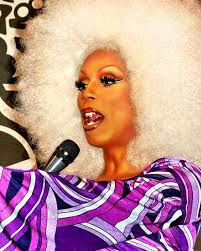
During the 70s all the way to the 2000s, drag slowly began to be accepted by the mainstream. Many movies featured drag queens. One famous Drag Queen actor was Divine, whose iconic look inspired Ursula from The Little Mermaid. RuPaul, perhaps the most famous Drag queen of all, began to rise in the mainstream in the 90s after their Song “Super Model (You Better Work)” became a hit, leading them to being a Mac spokesperson and raising awareness for AIDs and HIV. His show “RuPaul’s Drag Race” has become a hit, with many famous drag queens coming from that show such as Trixie Mattel, Bob the Drag Queen, Bianca Del Rio, and Katya Zamolodchikova being famous in their own right.
As fun and happy as it is to see the interesting history of drag, there is another reason I have for writing this article. In case you aren’t aware, in the last few months, Drag as an art form has been slammed by many lawmakers, leading to states such as Florida and Alabama placing bands on public drag performances. This is a huge violation of our rights as queer people because our artists can’t be seen publicly. The main catalyst for this is Drag queen story time, where drag queens wear fun and cartoony costumes and read educational stories to young kids. However, this has been deemed “Inappropriate” and “Perverse” by many conservative lawmakers. How foolish, that educating kids on topics involving art and gender while wearing fun costumes is now too much. Even public drag shows being performed by consenting adults aren’t safe. Never in my life would I think that I would see people be so cruel and disgusting to an art form known to accept others and help outcasts and those deemed “undesirable” by society. So that’s why we can’t let this happen. Please support your local drag performers and speak out against these laws. Vote and have your voice be heard. And when voting isn’t heard, riots and protests will. History always repeats itself, an endless cycle of injustice leading to revolution. Now, it seems it has looped back again and we must fight like how the ones before us fought so we can feel safe in our own country, in our own safe spaces. For all of us.
